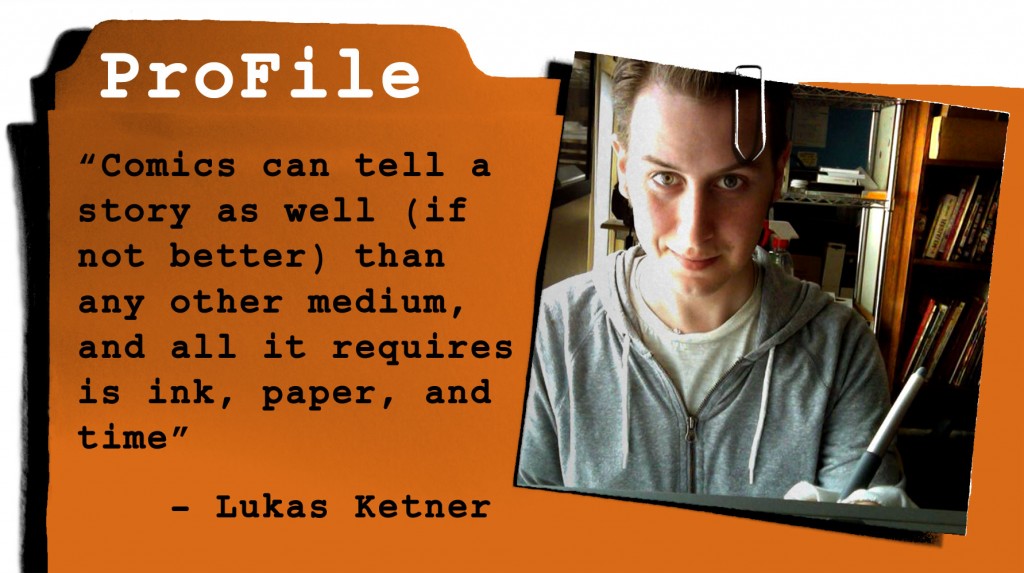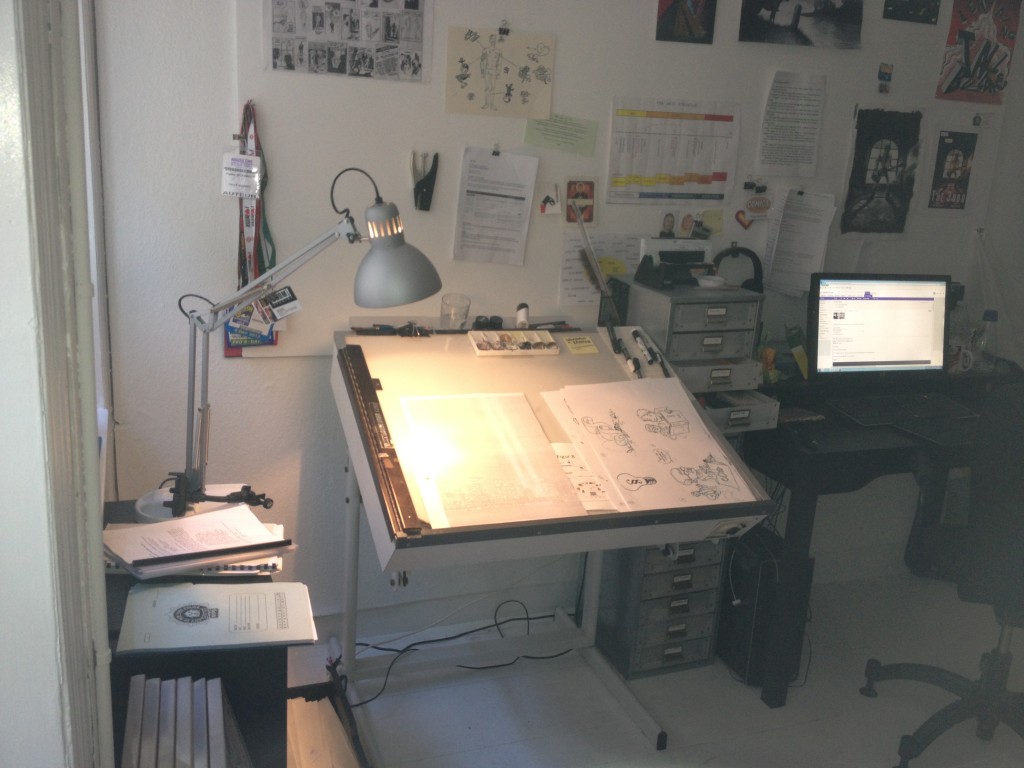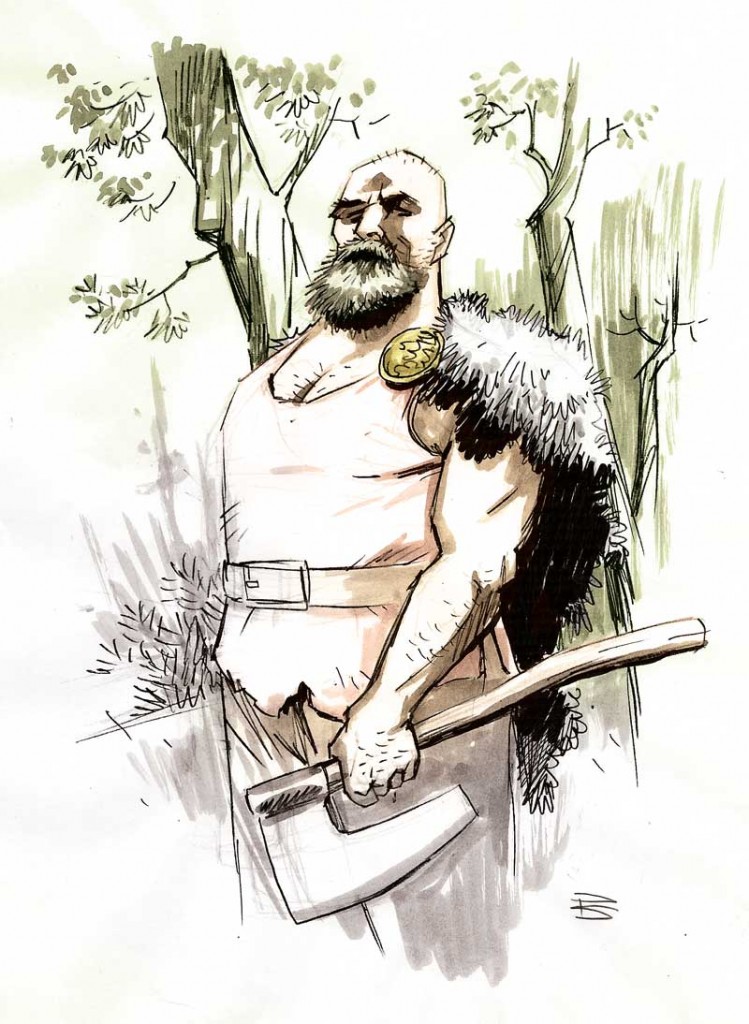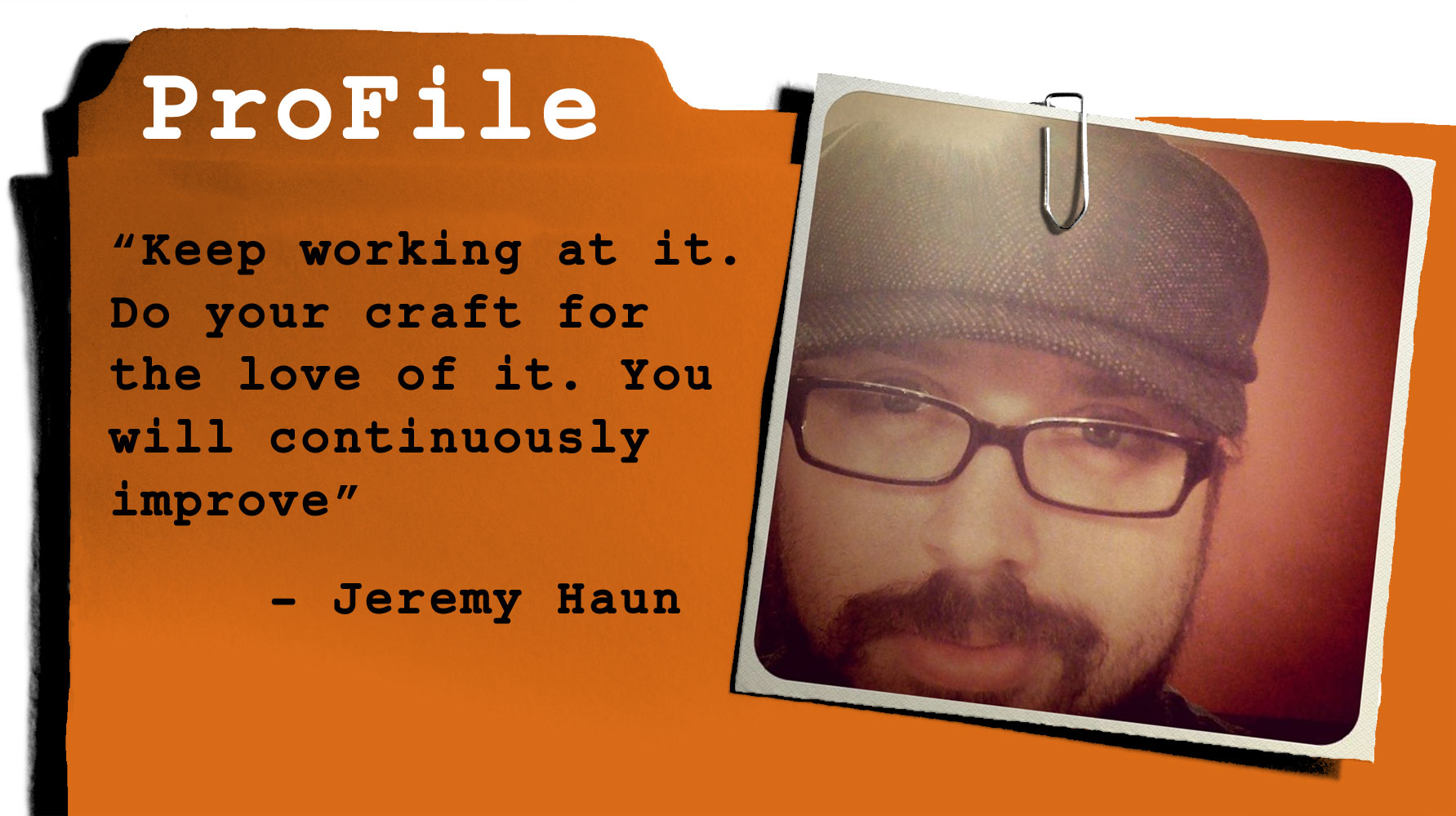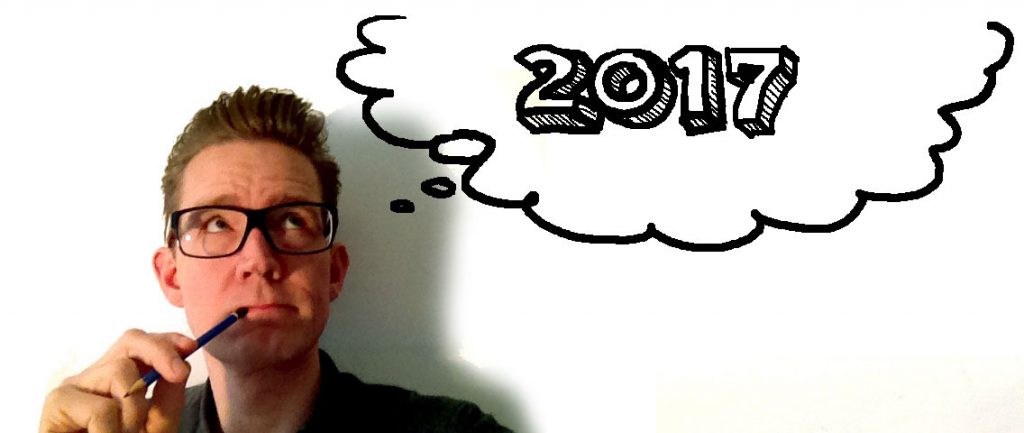 I’ve been an indie artist for almost two decades. Perhaps it’s time to really focus on the indie part.
I’ve been an indie artist for almost two decades. Perhaps it’s time to really focus on the indie part.
I’ve told stories before about how I’ve tried in the past to live up to the expectations of others and how little it has helped me. Classmates, friends, family members or peers I’ve worked hard to impress. I’ve spent way to much time comparing myself to others and struggling to make people take notice. I’d like to shift the focus this year to creating things for my own sake. I’m not going to be completely selfish and unintelligent about what projects I take on, I still have commitments and bills to pay. But I think there is a way to measure my success in a more constructive way.
There is a difference between inner motivation and outer motivation. The latter is when you are hoping for the love and respect of a boss, a parent or an audience. You seek validation from the outside world, usually in the form of likes, comments or sells. Here’s the problem with that: It’s highly addictive and it is completely out of your control.
You can scream and jump, but whether people connect to what you put out there in the way that you are hoping for is totally unpredictable.
You can try to guess what people want. You can study the metrics of what seems to work. You can try to emulate previous success. But at the end of the day, who the hell knows, right?
Inner motivation is when you define your own success, in a way that you can control. Sending a pitch to a publisher is a box you can check, you can totally do that. Selling a pitch is a whole other matter and it is beyond your control.
You are giving way too much power to strangers, if you let them decide if you’re succesful or not. Try this instead: Set daily or weekly, tiny goals that you can achieve, like drawing two pages a week or writing an hour every morning. Goals or habits that will likely move you in the direction of your big goal.
I will try to make 2017 the year where seek real independence. Not just financially but also of other people’s opinions. Want to join me on this quest?
Answer these questions for me:
- Who are the five people whose opinion you value the most?
- Who are the people whose judgement you fear the most?
- Are they on the first list? And if not, then could you please stop paying attention to what they think?
Sure you can. And you should.
Happy independence year.
